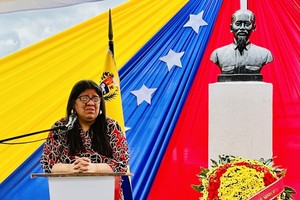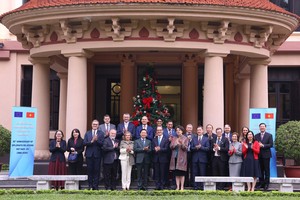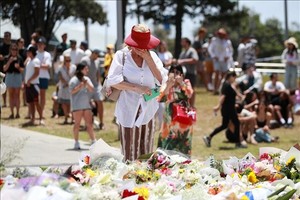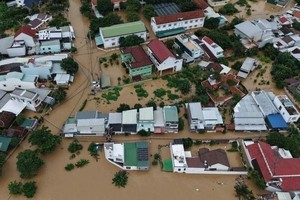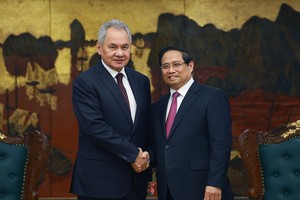From Sydney Harbor to the world's tallest tower in Dubai and the ancient pyramids, major landmarks went dark for an hour to join the battle against climate change.
But politics and commercial priorities meant that some well-known energy-guzzling monuments did not join the record 4,000 cities and 125 countries in Saturday night's fourth annual Earth Hour organised by the WWF.
Drivers had to cross San Francisco's Golden Gate Bridge with just their headlights to help them see, while Twitter and Facebook set up applications to let screens darken for an hour along with tourist monuments that briefly went missing from the skyline.
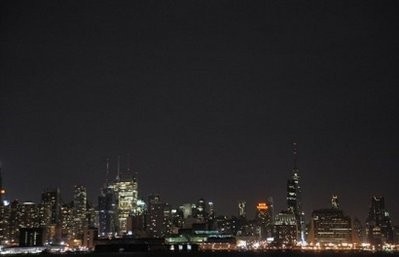
The annual dimming of lights, this year on Saturday at 8:30 pm in locations around the world, was hailed by UN Secretary General Ban Ki-moon as "both a warning and a beacon of hope".
"From Brazil to America, to Canada, all the way down to Australia, Japan and India -- it's a really diverse set of countries taking part this year," Earth Hour executive director Andy Ridley said.
New Zealand's Chatham Islands officially started the energy-saving demonstration, switching off its diesel generators to leave just 12 street lamps burning.
Sydney's iconic harbor and Opera house went dark to the sound of blaring ferry horns.
In Asia, the Forbidden City in China's capital, the world's biggest carbon polluter, joined in.
In Dubai, the world's tallest building, the recently opened Burj Khalifa, had its lights switched off.
Egypt participated as well, with lights turned off at the Giza plateau, plunging the three Great Pyramids, the Sphinx and the surrounding desert into total darkness.
North America's tallest building, the 110-floor Willis Tower, led a mass switch off in Chicago where more than than 200 buildings joined the campaign to save energy.
"By participating in the symbolic event of Earth Hour, we show that, together, we can collectively make a difference to protect and preserve the environment," said Chicago Mayor Richard Daley.
Earth Hour started in 2007 in Sydney and enjoys widespread support from the public and big business, including Google, Coca-Cola and McDonald's.
But some cities and icons could not or would not join in.
In Bangkok, city authorities were ordered to halt their Earth Hour campaign for security reasons as anti-government protesters held a major rally.
In Europe, London's Big Ben turned off its lights and the bank of advertising neons in Piccadilly Circus went dark. It is thought to be only the fourth time since World War II that the huge Coca-Cola sign there has been dimmed. But some onlookers said the city should have gone further.
"I thought it was going to be the whole of Piccadilly and it's just the screens. It should have been all the lights and all the buildings around here," said Sandra Herrera, 23, visiting from Bilbao in Spain.
More than 240 buildings and monuments in Paris participated in Earth Hour, but the Eiffel Tower only went dark for five minutes.
In New York, the landmark Empire State and Chrysler building turned off their lights as did United Nations headquarters on East River.
But Times Square's hoardings remained a beacon of commercial excess. "It was disappointing," commented Melodie Carli, a 20-year-old French national in Times Square. "We came here especially to see the event."
"As we watch the lights go out from continent to continent, let us reflect on the fragility and importance of our natural heritage and pledge to protect it for a sustainable future for all," said the UN chief.


